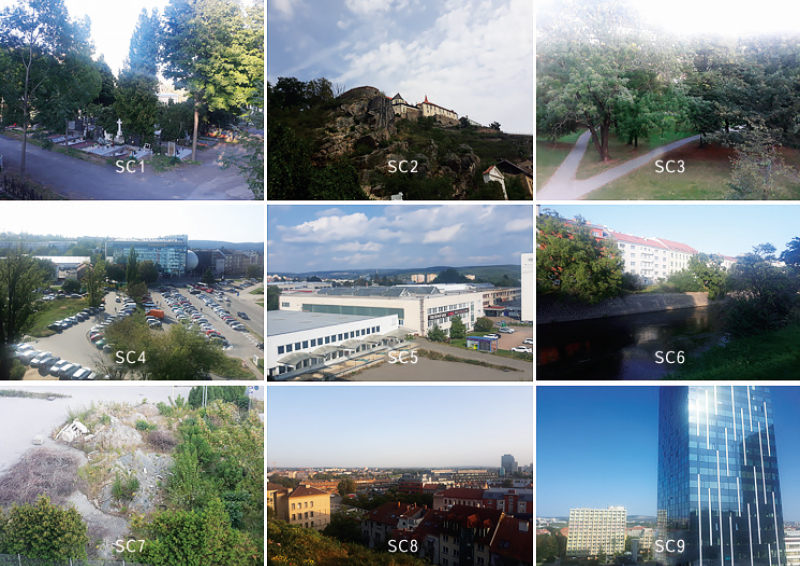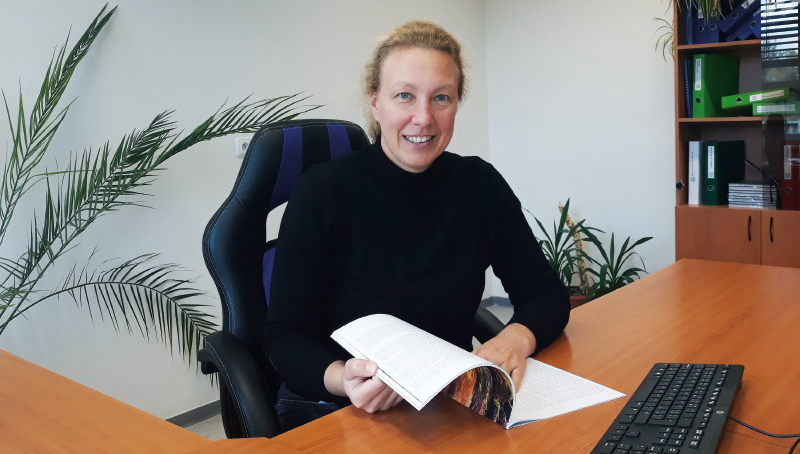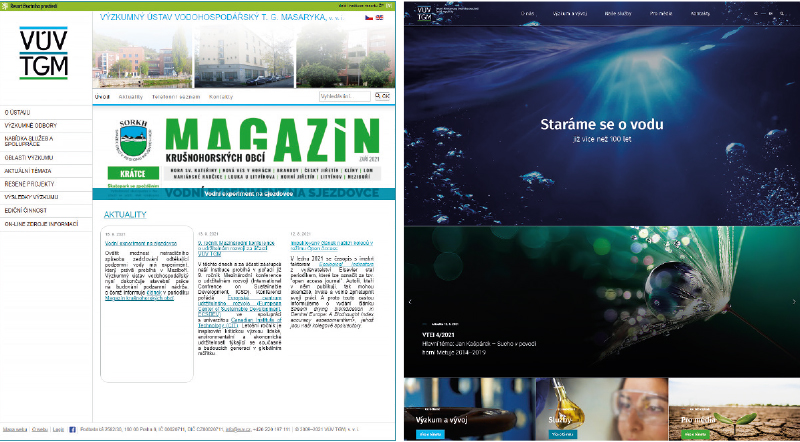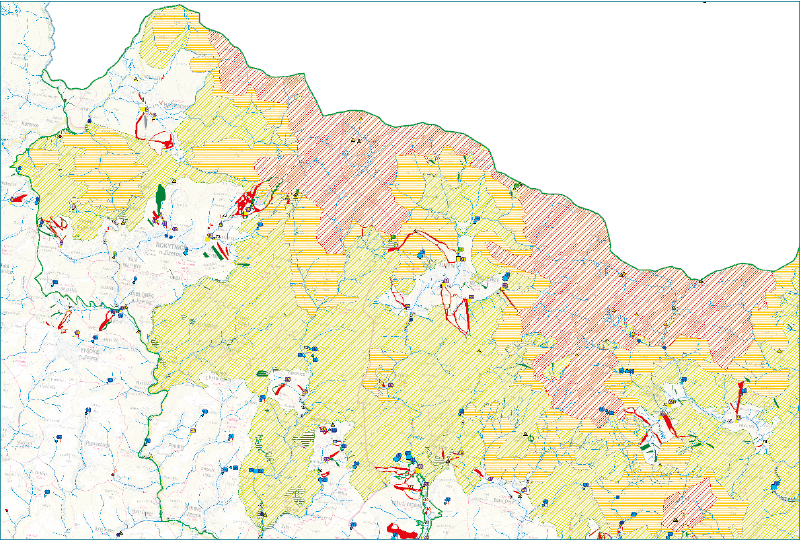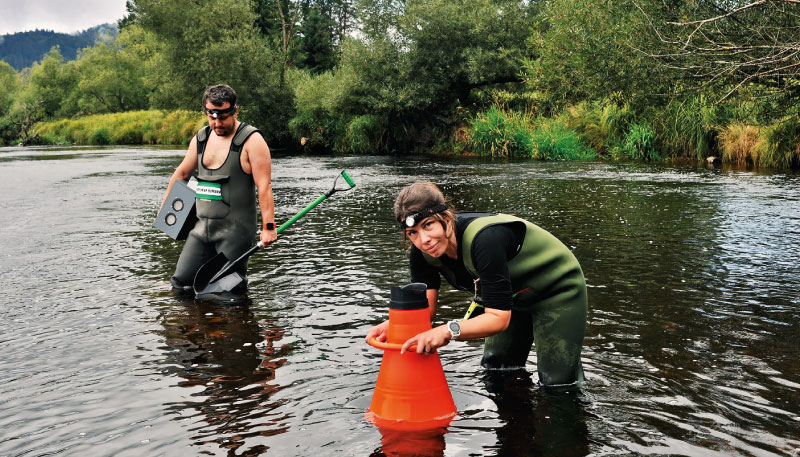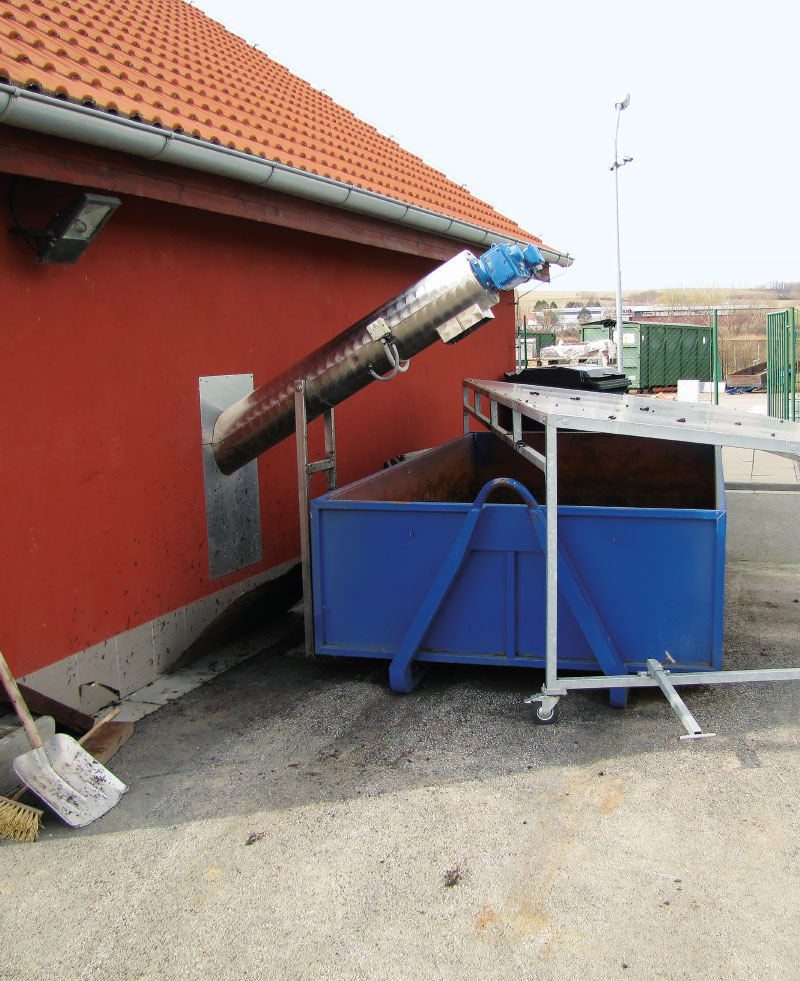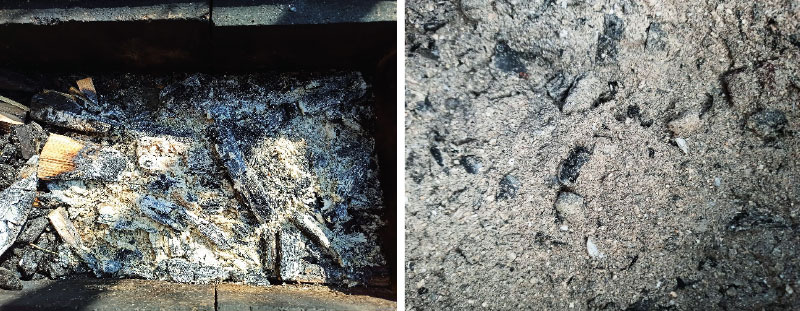The relationship between the scenic view and the value of residential construction
The authors during the research of the relationship between certain impacts and housing prices were inspired by the knowledge and results of processed literature. Concretely by the characteristics which had an affect on housing prices throughout the World. The city of Brno was chosen as a suitable place of research. Firstly, photographs of various residential buildings were made. Secondly, those photographs were filtered. The buildings, which have shown certain significant abilities, were chosen. Subsequently, together with Delphi method, a questionnaire with concrete questions was made. Also a circuit of experts was determined and the questionnaire was sent to them. These experts work either in the branch of economy, building industry and real estate or in an uncategorized branch. Addressed experts filled the questionnaires and sent them back. Subsequently, an opinion exchanging phase of evaluation from each questionnaire took place.
